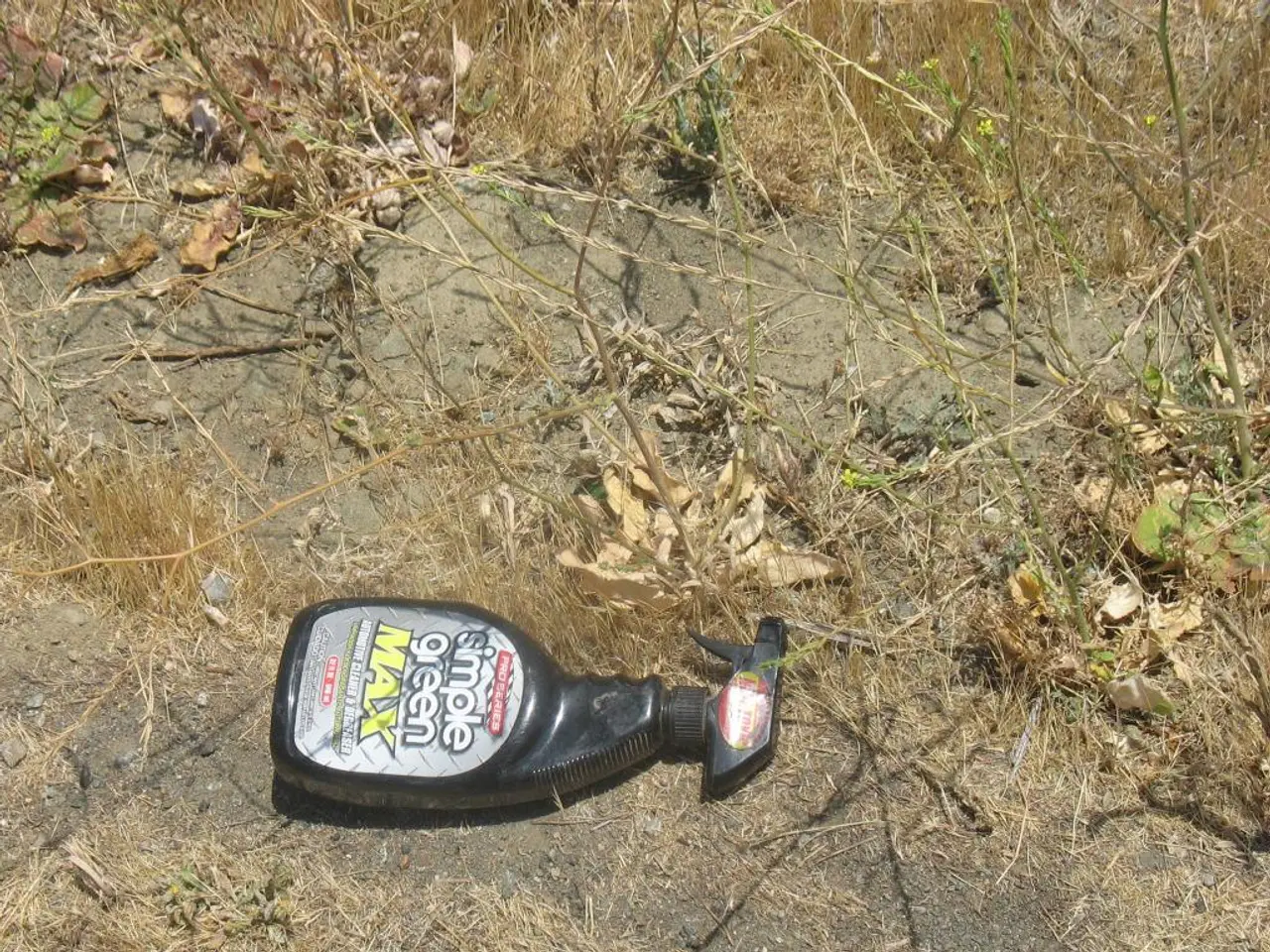Methods for Lowering Soil pH - Top Techniques for Soil Acidification
Liz Baessler, Senior Editor
In the world of gardening, understanding and managing soil pH is crucial for the growth and health of many plants. This article provides a guide on how to lower soil pH, the benefits of acidic soil, and the risks associated with excessive acidity.
To lower soil pH, or increase its acidity, there are several effective methods. Elemental sulfur application is a widely recommended approach. When microbes oxidize sulfur into sulfuric acid, the soil is gradually acidified over a period of 2 to 12 months. Another method involves using acid-forming fertilizers such as ammonium sulfate, urea, cottonseed meal, or animal manures. These fertilizers acidify the soil through microbial processes and the release of acidic compounds within weeks. Additionally, adding organic matter like compost, manure, or planting cover crops can stabilize and slightly lower pH over time while improving soil health.
It is important to apply acidifying materials in appropriate amounts and allow time for microbial activity to prevent excessive acidification, which can harm soil structure and plant growth.
The benefits of acidic soil for certain plants and crops are numerous. Enhanced availability of micronutrients like iron, manganese, and zinc is one of the key advantages. These nutrients are more soluble and accessible in moderately acidic soils, benefiting acid-loving crops such as blueberries, azaleas, potatoes, and tea. Another benefit is natural disease suppression, since some soil pathogens are less active or inhibited under acidic conditions, reducing crop losses. The growth of acidophilic plants is also enabled, expanding crop diversity. Lastly, improved organic matter breakdown and nutrient cycling support sustained fertility under managed acidification.
However, excessive acidity can lead to toxicities (e.g., aluminum and manganese toxicity), nutrient imbalances, and degraded soil structure. Therefore, soil pH should be carefully managed according to the crop requirements and soil tests.
In summary:
| Aspect | Details | |------------------------|----------------------------------------------------------------------------------------------| | How to Lower pH | Elemental sulfur, acid-forming fertilizers (ammonium sulfate, urea), organic matter additions | | Timeframe | Weeks to months depending on method and microbial activity | | Benefits of Acidic Soil| Better micronutrient availability, disease suppression, support for acidophilic crops | | Risks | Excess acidity can cause toxicities and poor nutrient uptake |
This guidance helps optimize soil pH for acid-loving plants while avoiding detrimental over-acidification.
Some plants that require acidic soil include magnolias, spruce trees, Japanese pachysandra, dogwood, bleeding hearts, roses, holly, and hydrangea. Teo Spengler, a master gardener and San Francisco Botanical Garden docent, also has a passion for hundreds of outdoor plants, including 250 trees.
Soil pH measures the amount of hydrogen atoms in a soil sample, with a range of 0 to 14. A pH score of 7 is neutral, under 7 is acidic, and over 7 is alkaline. Soil pH testing is essential before attempting to lower pH in soil, and should be done by collecting a soil sample and taking it for a soil test at a local university laboratory. Ammonium-based fertilizers can also raise soil's acid level as they break down and convert to nitrate.
By following this guide, gardeners can create the ideal environment for their acid-loving plants, ensuring healthy growth and vibrant blooms.
By following this guide, gardeners can effectively lower their home-and-garden soil's pH using elemental sulfur and acid-forming fertilizers like ammonium sulfate, urea, or organic matter additions, such as compost and manure. By doing so, they can create an ideal lifestyle for their acid-loving plants, including magnolias, spruce trees, Japanese pachysandra, dogwood, bleeding hearts, roses, holly, hydrangea, and more. It's important to remember that excessive acidity can harm plant growth and soil structure, so regular soil tests are crucial for maintaining the right pH balance.





